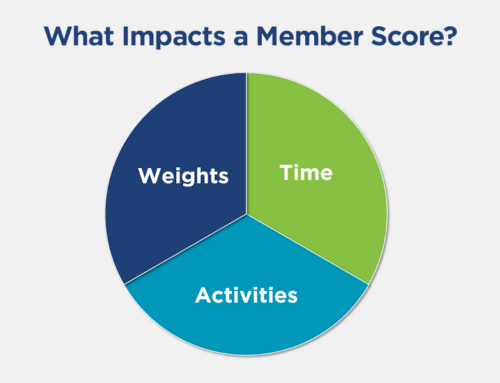Changing the way an association makes decisions by incorporating data analytics into the decision-making process can be the hardest part of any business intelligence initiative – but it’s also the most important. After all, you can equip your staff with the most powerful tools available and hire experts to create new processes and train the staff, but if the culture of the association does not truly embrace and support the concept of making data-guided decisions, the initiative will still fail to achieve lasting results. We have seen associations spend time and money to implement a BI solution, only to revert back to their comfort zone and continue making decisions based on assumptions, instinct, history or politics. So what can be done to make sure your BI initiative succeeds instead of crashing and burning?
We have developed processes to help associations evolve their culture and understand the value of using data to make decisions, adapted from John Kotter’s model for leading change. Here are five key change management strategies for BI that we use at DSK:
Demonstrate a need for the change.
The reason for this is fairly simple: People do not like to change unless they understand the benefit of doing so. The more effectively you can convey why a change is being implemented, the more your staff will buy into the vision. Communicate that using data to make decisions is not something new that you are adding to their workload, but rather a better way of doing what they are already being asked to do. To get buy-in, put in concrete terms the benefits of analytics-driven decision-making, as well as the potential costs and risks of not using data to make decisions.
Be consistent.
Make sure the expectations and goals are understood and establish a common vocabulary for communicating the initiative’s objectives. Integrate this vocabulary at every level of the association and across departmental boundaries so that there are no inconsistencies in the way ideas are being presented. The more compelling the vision, and the more you work to embed it into everything your organization does, the more the staff will see it as simply the way the organization operates instead of a new policy or procedure they are being asked to accept.
Model the vision.
Get a group of influential individuals together from across the association, make sure they are on board with the initiative, and use them as role models as you train the staff. The more people see what the expectations are, the more they will be motivated to raise themselves to that level.
Build incrementally.
Begin by choosing milestones that are initially low stakes. Then be sure to identify individuals and departments who achieve these milestones and recognize them for their successes, which will inspire others to imitate them. Offering recognition for even small successes in the beginning will encourage participation by others in the future and also represents an important opportunity to communicate the value of the progress that is being made. As the staff begins to rack up these achievements, your BI initiative will begin to build momentum.
Assess progress.
Hold meetings to determine what is working well and what opportunities for improvement still exist. Reward those who demonstrate risk-taking and decisiveness in accordance with the values of your initiative. Nontraditional ideas may produce unexpected successes, so be open to possibilities you may not have considered and empower those who are implementing the BI vision to try different methods for achieving your goals. Identify and remove barriers to success, whether they are systems or people, and change any structures or policies that interfere with the vision’s implementation.
In Summary
These change management principles are presented in sequential order, but the most effective and agile way to implement them is to continually apply them at every stage of your initiative. Long-term success requires constantly communicating your vision, maintaining consistent communication across the organization, giving concrete examples of your expectations, emphasizing incremental progress, and using past successes to refine your decision-making. By doing these things, your BI initiative will maintain momentum and the resulting change in culture to one that emphasizes data-guided decisions will succeed.


